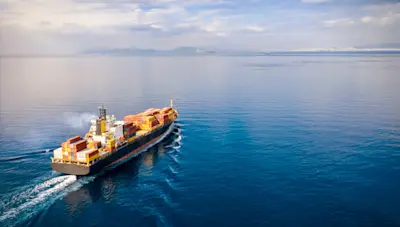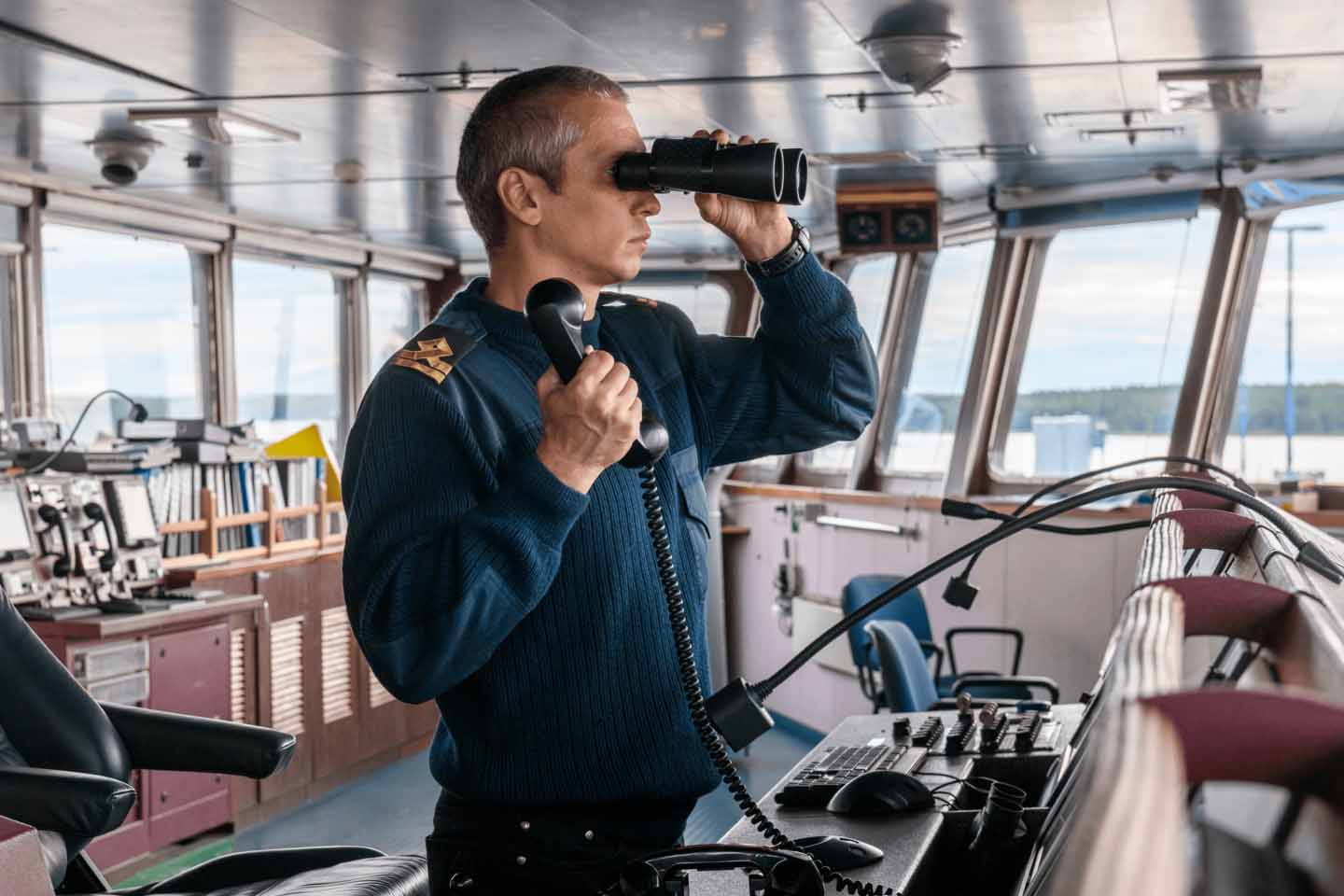Overview
Ship owners, managers and crews are grappling with increasingly extreme weather that creates hazardous sea states, compromising the safety of crews, cargoes and vessels while at sea.
Extreme weather is unlikely to decrease, in fact it is expected to get worse, putting maritime operations at risk, and potentially jeopardising global supply chains. Adapting to volatility is never easy, especially for an industry as complex as maritime.
At the same time, the industry is becoming ever more regulated, especially as the devastating effects of climate change are increasingly felt. Decarbonisation is a key priority for maritime regulators, exemplified by the numerous amendments to MARPOL Annex VI that have entered into effect and more sure to follow in the years to come.
Much has been speculated on the myriad impacts of maritime decarbonisation and the coming years are sure to reveal how adaptable the industry is to change and how effective new regulations will be.
The role of voyage optimisation
Amidst these challenges, companies are increasingly looking to the most affordable option to maximise efficiency: voyage optimisation. Voyage optimisation is a procedure many companies have already been using for years to select the optimal route based on weather forecast, currents and the ship performance characteristics with respect to the safety, energy consumption and environment.
Technology is usually required to simplify and speed up this process, as it can be time consuming to manually gather all the required data and perform the calculations necessary to determine the best possible route. The technological jumps in AI are unlocking new opportunities for voyage and performance optimisation through high definition modelling and digital twins.
Voyage optimisation is one of the easiest and most affordable means of reducing risk, lowering cost and cutting down on emissions. Oftentimes, although not always, these priorities will align; the most fuel-efficient route is commonly the safest one, which, in turn is usually the most cost effective one.
It’s not hard to understand why; rough waters and high winds are riskier to sail through and demand more exertion of ship engines in order to maintain a vessel’s speed and course, requiring the expenditure of more fuel than would be needed on calm seas. Burning high concentrations of petroleum-based marine fuels is, of course, detrimental to the environment — and costly as well.

Overcoming barriers
So, with some many benefits, what are the factors that hinder voyage optimisation?
To start, the maritime industry is expansive, comprising a large ecosystem of participants, each with their own goals and revenue mechanisms. Maritime is also one of the purest supply and demand industries there is, and costs are always fluctuating based on market rates. With so many stakeholders, each seeking to minimise their own costs, split incentives will inevitably occur.
Split Incentives occur when a decision-maker does not appropriate the results of increased efficiency, but instead benefits from a lack of efficiency. This can hinder voyage optimisation. For instance, when the spot rate for certain vessels is high, then it can be cheaper for charterers to try to minimise charter time and attempt to arrive at their destination as quickly as possible by traveling at high speeds and burning more fuel.
Demurrage is another example wherein ship owners and managers are incentivised to rush their vessel to port at higher speeds, burning significant fuel to arrive early and maximise their wait time for cargo.
Revenue mechanisms that allow stakeholders to capitalise on inefficiecy will likely have to be reckoned with in years to come and the industry continues to strive towards cohesion.
The need for data
Another common barrier is timely access to information needed to inform optimal routeing. It can be difficult to access the data needed on all the variables required, and gain access to accurate voyage optimisation tools that yield consistent results. For results to be accurate, they must rely on robust, up-to-date data and take vessel parameters, including draft, fuel consumption and vessel performance into account.
LR OneOcean’s route optimisation functionality, available as part of Voyage Planner does just this. The algorithm relies on up to date, detailed weather forecasts up to nine days in advance. It also takes multiple vessel parameters, your pre-set weather safety thresholds and routeing requirements into account to produce three routes, optimised for time, cost and fuel efficiency respectively.
